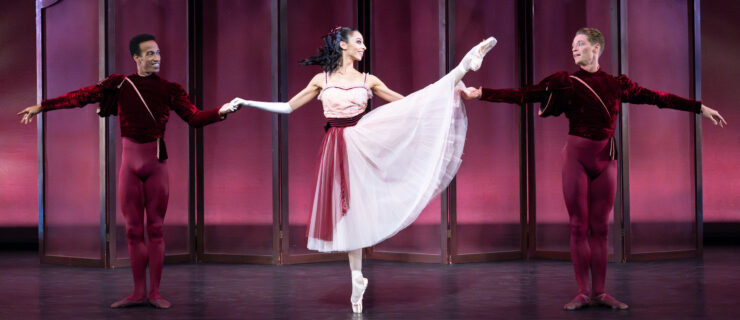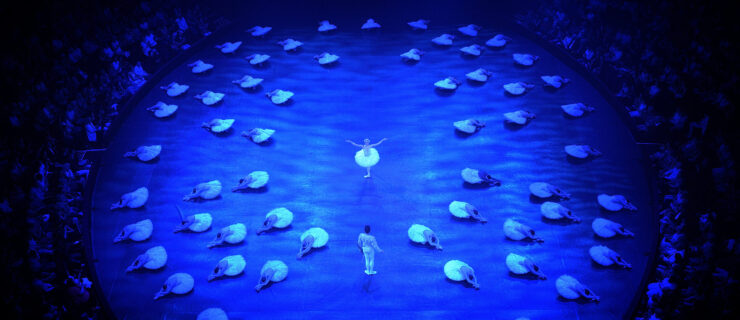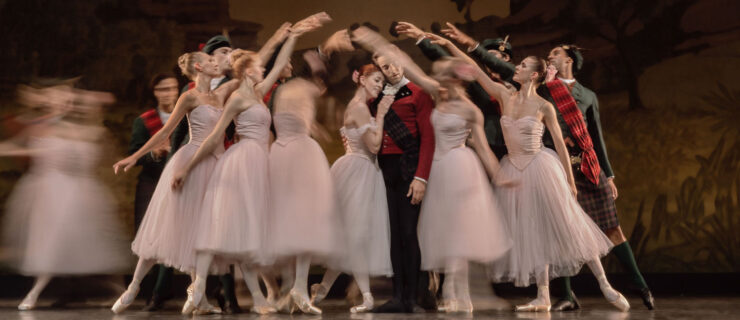Ballet Choreography: It's Kinda Great Again
Is ballet’s post-Balanchine choreography rut finally over? Roslyn Sulcas, a contributor to Pointe, argues today in The New York Times that it is. She points out that works by Christopher Wheeldon, Alexei Ratmansky and Wayne McGregor offer a completely new way of using the classical vocabulary. There’s also a whole generation of imaginative choreographers who came out of William Forsythe’s company: David Dawson, Crystal Pite, Jacopo Godani, Helen Pickett, Jorma Elo, Emily Molnar—a group that’s exceptional not only for its prolific creativity, but also for its large number of women. Just in the past couple of years we’ve seen two newbies with exceptional promise: Justin Peck at New York City Ballet and Liam Scarlett at The Royal Ballet.
Why is ballet choreography finally stretching in new directions and connecting with audiences again? Peck credits the distance from the shadow of Balanchine. He tells Sulcas, “There is a clearing for new creative thought in choreography. I don’t feel intimidated; there is a lot I can do that is new or innovative or different.” Pickett points to the use of technology like projections that can make ballet more cinematic and engaging. Kevin O’Hare, the new artistic director of The Royal, suggests today’s interconnected world has given choreographers a broader perspective, and encouraged a willingness to take risks: “They are slightly fearless…these are people who are not afraid to fail. This generation sees so much, is open to so much, is always looking for new inspiration and collaborations. Ballet was very away from all of that, but very recently we seem to have broken down those barriers. It feels very much part of our world.”





